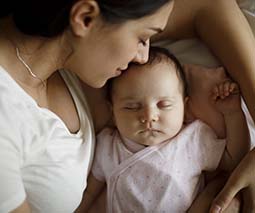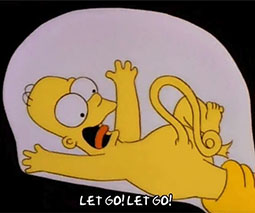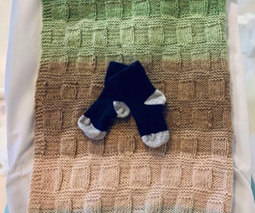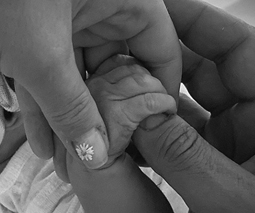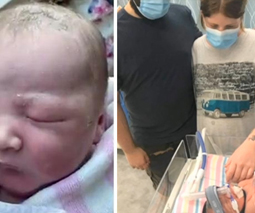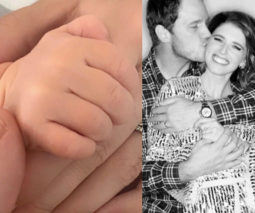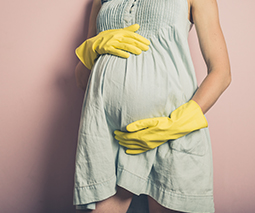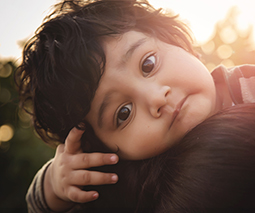Not helping anyone! What critics of the free home birth video got wrong
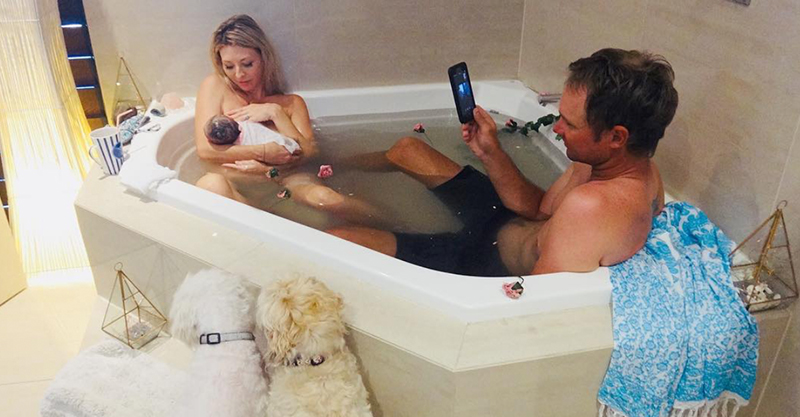
The internet and the 24-hour news cycle can breed a cornucopia of myth and misinformation.
Take the video of first-time mum Jessie Goetze giving birth at home, with her husband and trusty puppy looking on.
There’s a lot of concern about the damage this kind of video can do. The mother was criticised as being a “glossy mummy blogger” and that she is all about self-promotion.
Jessie herself has only 846 followers (last time I looked), which is not considered an “influencer” by any standard measure. And while she does look ridiculously beautiful and calm during her labour, this is not the point.
The point is whether she and the image of her beautiful and easy birthing has the power to sway women into unsafe birthing environments. Which, by her number of followers, she does not.
Two larger Instagram accounts shared her birthing video. The doula who was present at the birth who has around 19,000 followers, and Australian Birth Stories podcast who have around 42,000 stories.
Read more about giving birth:
- The advantages (and disadvantages) of having a home birth
- How hiring a midwife helped me have three incredible home births
- What is vaginal seeding and how it can help babies born via c-section?
Glossy and glamorous these Instagram accounts are not
If you check out either of these accounts, you will find a huge variety of images. Most of them show the reality of childbirth, in all its messy, amazing and painful glory.
Australian Birth Stories has been singled out by different publications as giving misleading medical information. Sophie Walker, the founder of Australian Birth Stories (a podcast, that is supported by the Instagram account of the same name) says this is untrue. Her Instagram account and podcast are all about showing a variety of different kinds of births. She makes no claim that one is better than another.
The podcast is enormously popular. It’s frequently in the charts for kids and family podcasts.
“I am trying to send the message that no one birth is the same and by listening and sharing our birth experiences of all types of births, women can feel less isolated in their experience and more empowered to make choices in their future births, be that a drug free birth, elective caesarean, VBAC, in a private or public hospital setting, or home birth with medical supervision”Sophie told Kinderling over email.
Women following Australian Birth Stories on Instagram are not there because they are ensnared by a fashionable, slim and trendy mum. They are there to learn more about birth and to be better equipped with the reality of the experience.
So why did Australian Birth Stories share this particular post?
The doula who was present at the birth posted the story first. Then Australian Birth Stories re-posted it.
Sophie says, “I shared this birth video as I felt it was a beautiful example of a woman birthing without intervention calmly in the water. The overwhelming response from my followers was complete awe of this woman’s ability to use hypnobirthing techniques to have a very calm birth.”
The words next to the video are the doula’s, and Sophie doesn’t support unassisted home births.
Getting hot under the collar doesn’t help anyone
This video has been taken and used to focus outrage on the debate around home birthing versus medically assisted births.
Outrage is not an emotion that helps clarity and perspective.
Perspective allows us to ask the question: how much of the birthing process is up to the mother? How important is it for women to understand the different ways a woman can give birth?
Clarity would allow us to see that this particular story isn’t about mummy bloggers swaying their followers to make dangerous choices.
It’s a debate over how much choice we believe women should have over their bodies when it comes to having babies.
Now, that is a debate worth having.
This post was originally published on Kinderling Kids Radio. Download the Kinderling app for more great stories.

